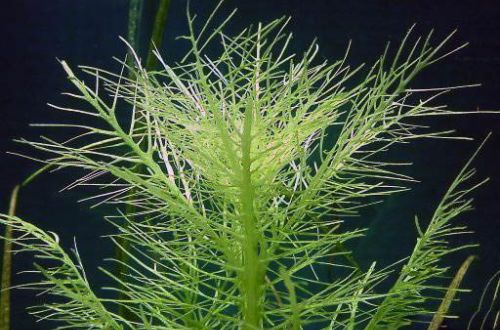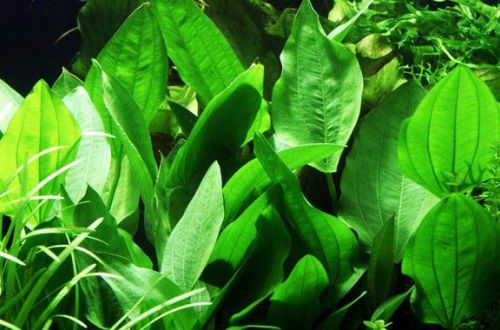
Riccia floating
Riccia floating, scientific name Riccia fluitans. It was first described in 1753 by the founder of the scientific classification of living organisms, Carl Linnaeus. Began to be used in aquaristic from the very beginning of its appearance. Information about the natural range of distribution depends on the individual author and is related to whether he describes a certain species or a generalized one, to which Riccia fluitans belongs. In nature, it occurs in the temperate zone of the Northern Hemisphere in reservoirs with fresh stagnant water or in sections of rivers with a slow current.
Riccia floating is the collective name and includes: Riccia rhenana, Riccia stricta, Riccia canaliculata and Riccia duplex. Regardless of the species, they all have an almost identical appearance. Belongs to the class Liver mosses, does not have the usual stem and leaves, is an interlacing of small openwork green twigs with a thickness of not more than 1 mm.
Traditionally used in aquariums as a free-floating plant. The founder of the natural aquarium direction, Takashi Amano, was the first to apply it on the soil or attach it to the surface of stones, snags with invisible nylon threads. Since then, this moss has become very popular among professional aquarists, which sometimes discourages beginners who mistakenly consider it a very demanding plant. However, this is not so, Riccia is quite unpretentious and is content with a minimum set of nutrients dissolved in water. There is only one important condition for successful cultivation – a high level of illumination. In weak light, the plant loses its colors and eventually breaks into separate fragments / parts. It is worth noting that when submerged, the Japanese variety Riccia rhenana is used, which is not so demanding on lighting.
There is a small problem with the structure of the plant, often food particles get stuck in it and subsequently pollute the water. Removing them without damaging the plant is quite problematic, so for prevention, place Riccia clusters in the opposite corner from the feeder. In fairness, it should be noted that such a complex branching structure is also a big plus when keeping fry and small fish that find reliable shelter in it.





